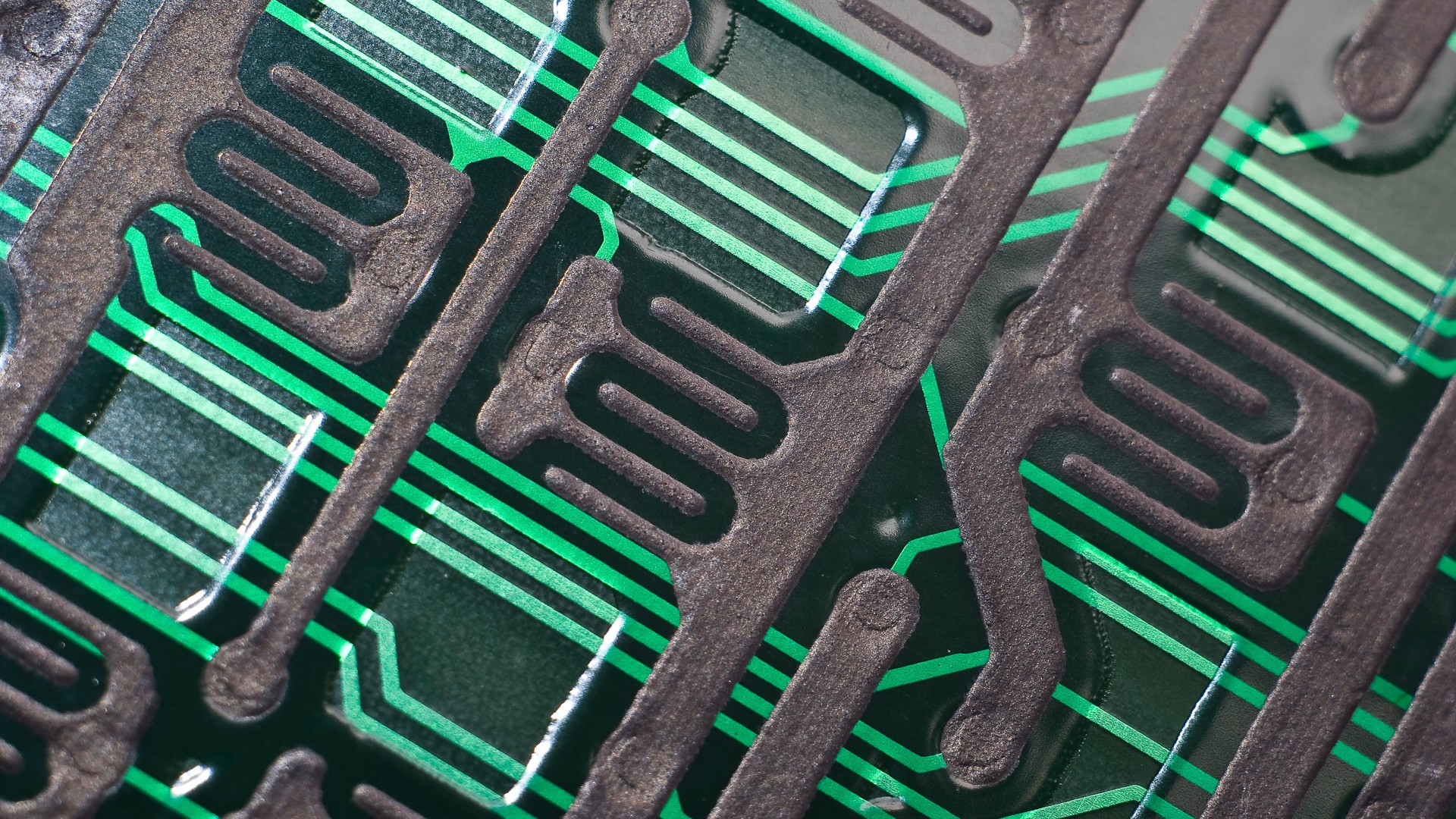
Probably the most well-known example of an advanced embedded system is your smartphone — a handheld, low-power device that carries out signal processing while simultaneously running applications, streaming services, and games. An embedded system is one where the functionality is implemented into the hardware and software according to very challenging constraints — performance, power consumption, real-time demands, reliability, and size.
This master's programme will educate and inspire the next generation of engineers to design, implement and verify advanced embedded electronic systems based on hardware and software.
Embedded electronic system design master's programme at Chalmers
Your smartphone is probably the most well-known example of an advanced embedded system; a handheld low-power device that carries out signal processing at the same time as it is able to entertain its user with computer games, internet sessions, and streaming audio/video. What makes a system embedded is that system functionality must be implemented in hardware and software within very challenging constraints, such as performance, power consumption, real-time demands, reliability, and size.
The aim of this master's programme is to educate engineers that can design, implement and verify advanced embedded electronic systems based on hardware and software. The programme graduates will gain knowledge and skills in a variety of areas, such as integrated circuit technology, computer design, industrial design methodologies and industrial design software suites. Programme graduates will be qualified to work as productive engineers in industrial teams designing state-of-the-art embedded products or intellectual property or to undertake graduate studies leading to a doctorate in the field of electronic system design.
This master's programme is designed to address the entire design challenge of embedded systems. During the first fall semester, three compulsory courses will give you a solid design platform in preparation for the spring design project, when all students will participate in a programme-wide embedded system design project; here, the knowledge and skills acquired during the fall are put to use in the design of a prototype embedded system. Since the local industry is involved in the specification of the project, we are able to target exciting applications, such as satellite signal processors, music synthesisers, and medical electronics.
An overarching idea of the master's programme is to facilitate the progression of key knowledge and skills throughout the courses that lead up to the big spring project. The programme makes use of progressive educational methods such as small projects, hands-on design exercises, flipped classroom teaching and scientific writing. Also, examination is adapted to the learning outcomes which means that the traditional written exam is complemented by, for example, report and logbook writing, project demonstrations and oral examinations.
I got to have a lab or do a project in almost every course which has given me a lot of practical knowledge but also helped me to understand the classroom theory better
Topics covered
The subjects of electronic system design and embedded integrated circuits are fundamental areas in the Embedded electronic system design master’s programme. The courses included in the programme plan handle topics such as telecommunication, processor design and real time systems.
Career
The opportunities for students graduating from this programme are excellent given the trend of embedded system permeating all aspects of life. Our graduates find jobs in Swedish companies like Volvo, Ericsson, Saab Electronic Defence Systems, Cobham Gaisler, or in international companies such as RUAG, Atmel, ARM, Nordic Semiconductors, Texas Instruments, NXP, or they work as consultants.
Around one fifth of our graduates continue in research schools, earning their PhDs in the general area of embedded electronic system design. Several of our students take part in research projects, both at Chalmers and in companies. Different grants allow our students to travel to conferences: Since the start of the programme, we have had around 20 scientific papers published by students from the programme.
Research
Research opportunities in this field are excellent worldwide. At Chalmers, we have a strong research environment and the programme is solidly based on the research performed within the departments of Computer Science and Engineering, Microtechnology and Nanoscience, and Electrical Engineering. The master's programme is also one of the cornerstone programmes within the field of information and communication technology, one of Chalmers’ main research areas.
Find out more about research in Computer science and engineering
Requirements

How to apply - From application to admission
This is a step-by-step guide on how to apply for a Master's programme at Chalmers University of Technology.

